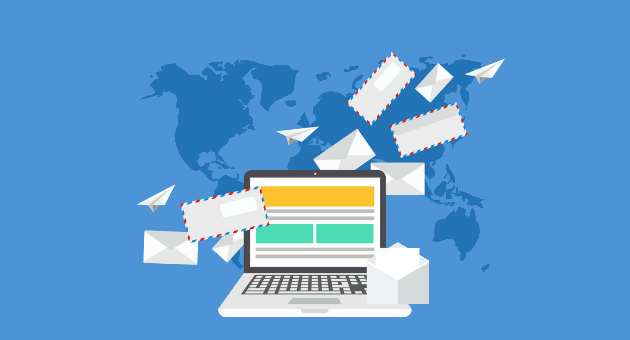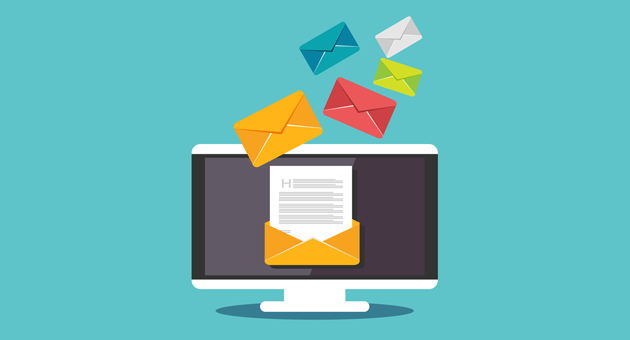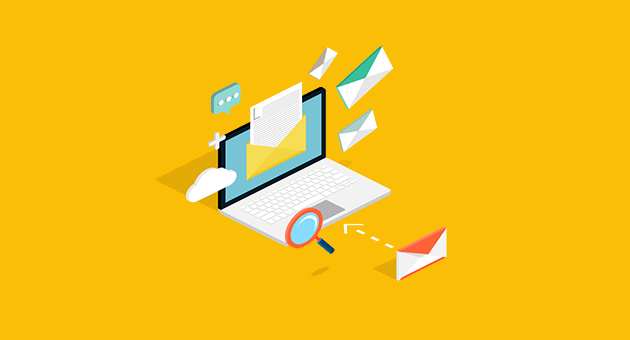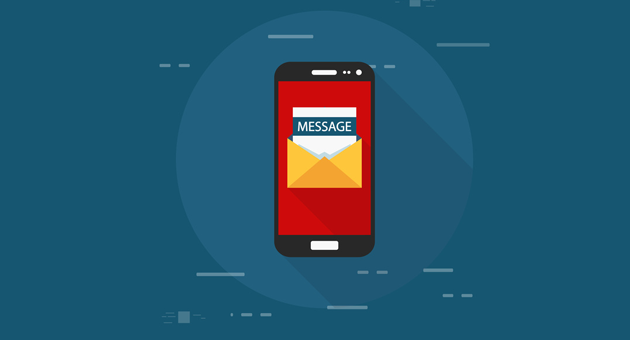
Emailing definition
Emailing is a marketing and direct communication tool that allows companies to talk to their customers through email marketing campaigns. These messages could be informative or for selling products or services. One of the main advantages of this method is that it offers immediate response, in addition to advanced statistics and tools to measure the results of each action.
Emailing is a very lucrative tool for businesses of all sizes, not only because of its cost but also because it is a very powerful channel for closing sales.
· Why is emailing such an effective tool for selling?
I will answer this question with a little personal anecdote that will help illustrate the advantages of email marketing.
A few years ago, I bought a product that interested me. It wasn’t a particularly expensive product, but it was something I always wanted to acquire.
It was one of those hydroponic pots for growing plants indoors quickly and without too much trouble.
Doesn’t it seem like anything out of the ordinary? A piece of importante information needs to be included.
It took me a year before I finally decided to buy the product.
A whole year.
It seems like a long time to buy something so simple; after all, it’s not a very expensive product.
But what does this story has to do with email marketing?
You’ll understand it soon.
It was the relationship with the store that convinced me to buy.
In fact, if I wasn’t getting their emails during this time, I would never have bought this product.
And I wouldn’t have bought it because I would have forgotten.
Because it was something he wanted but wasn’t desperate to buy.
So I would have forgotten.
It’s not that the product didn’t interest me or that I didn’t like it; it’s just that I would have forgotten. I wanted to buy it, but not when I registered on the site.
And it’s one of those things that if you put it aside, you forget about it in the end.
There are many cases like this, even if you think that your product or servisse solves an urgent need, the reality is that people are famous for leaving everything for tomorrow.
And sorry for this one: This tomorrow never comes.

· This is something very important that you must take into account in the sales process and that justifies the effectiveness of email marketing.
There are two ways to act in a sales process, from the company’s perspective.
You can act passively and wait for customers to follow every step of the purchase process on their own. This can be done, but there is always the risk that the customer forgets or ends up buying from another store.
The other possibility is to act actively, try to talk directly to the customer, whether with advertising campaigns, remarketing, email marketing, etc.
It is a much better option as it will increase the chances of closing more sales.
And it is important to consider this difference because:
► We will never know what the best time for the customer to buy is.
Many purchasing decisions are always left for later, for several reasons:
· The customer doesn’t have time to make the decision at that moment.
· Or they need more information about the alternatives
· Perhaps they still don’t have an answer to all the “buts” (possible objections for the purchase)
· In some cases, they believe that things are not so bad, and that’s why They could buy the product later
· Or they would even like to buy the product now but are on a limited budget and therefore prefer to wait a few months.
However, none of these reasons are definitive.
The situation may change due to external or personal circumstances.
Although it is clear that we can’t know when these changes will happen.
►Since it is not possible to know when they might change their minds, the best alternative is to keep in touch; that’s where email marketing campaigns, emailing, can make a difference in the purchase process.

· Moreover, sending emails can help to convince the target customer
You can offer answers to possible questions.
As we mentioned earlier, it is very possible that the customer has questions about the product or service you are selling.
Even so, it is also possible that the client doesn’t have the time or is not interested in searching for more information at that time.
Yes, there are cases, whether it is products related to hobbies or interests, when the lead will be looking for a lot of information.
Otherwise, they will often leave it “for tomorrow.”
What is the solution in these cases?
Do the hard work for the customer.
That means:
· Analyze what questions the customer may have
· What objections could your customer encounter with the product or the purchasing process?
· What would be the appropriate answers to these questions?
All this information can be offered on your website on a page with frequently asked questions or in your blog articles, for example.
However, it is possible that this way, the client will not read everything.
The alternative is to divide the information and offer the content bit by bit.
Therefore, the best option is to create email marketing campaigns since you will be able to approach each topic or question in a more didactic and specific way, without filling the customer’s head with unnecessary information.
This brings us to the question
· Does emailing frequency really matter? Is it worse to send more emails?
That is a common and very recurring question.
You’ll see all sorts of advice on the internet, from those who claim you shouldn’t send too many messages, so as not to tire your subscribers, from strategists who will swear that the best option is to send an email a day to get more positive results.
But what is the correct answer?
It depends on many factors. Yes, this answer seems kind of vague; however, this depends on two things that are absolute truths in any situation:
· If you let too much time pass between each newsletter, it is possible that your contacts forget about you.
· If you send a newsletter too often, you’ll have to find a way to keep your subscribers interested in your messages.
If you send one email per month, it is easier for some subscribers to lose interest. It won’t necessarily happen, but let’s say you wouldn’t be “Pushing” them too hard toward the checkout page. It is a very risky strategy.
On the other hand, if you want to send a daily newsletter, you need to work hard on a content creation strategy so that the contact maintains suficiente interest and keep reading the next emails.
However, between these two extremes, there are many intermediate points.
The way to know which frequency will work best for you is to test it out, until you get the best possible results.
Where to start?
In my opinion, I would start with a weekly newsletter, and from there I could start to increase or decrease the frequency based on the results (and the time you have available to create relevant content, of course).
Never stop testing.
I know that, at first, it’s a little scary because you can lose contacts due to cancellation requests, but if you get over that fear, you can improve your results.

· Is it better to create a newsletter with text or images?
This is another persistent question.
In addition to being one of the inexhaustible sources of debate when we talk about email marketing.
Many people don’t know which is better, sending emails only with text or with a higher proportion of images. In this stage, you may implement a mockup generator to create digital images of products without using design software.
Worst of all?
That you will find arguments for and against both strategies.
So what to do?
Well, above all, don’t overcomplicate yourself.
Remember that the email you send will only be seen once or twice, not much more than that. Therefore, your newsletter doesn’t have to be a work of art.
When your objective is clear, think: Will this message help me to get the desired results?
For instance, will the images help to explain the product? Or a photo isn’t necessary for this campaign. Perhaps you could include only a banner with the CTA.
Often, adding images doesn’t help make your email more convincing and ends up becoming just a distraction.
Other times, they can be helpful.
Therefore, you should run enough tests until you can determine what works best for you.
· Conclusion on using email marketing
Email marketing is an effective and very profitable communication channel. It can help you get more sales, but you must work hard.
You can use this option to regularly keep in touch with several leads at once, so it’s a fantastic tool to help you close more sales.
In addition to this profitability, at Mailrelay, you have a free account that you can use without migrating to a paid plan after a month or two.
Translated by Micheli.